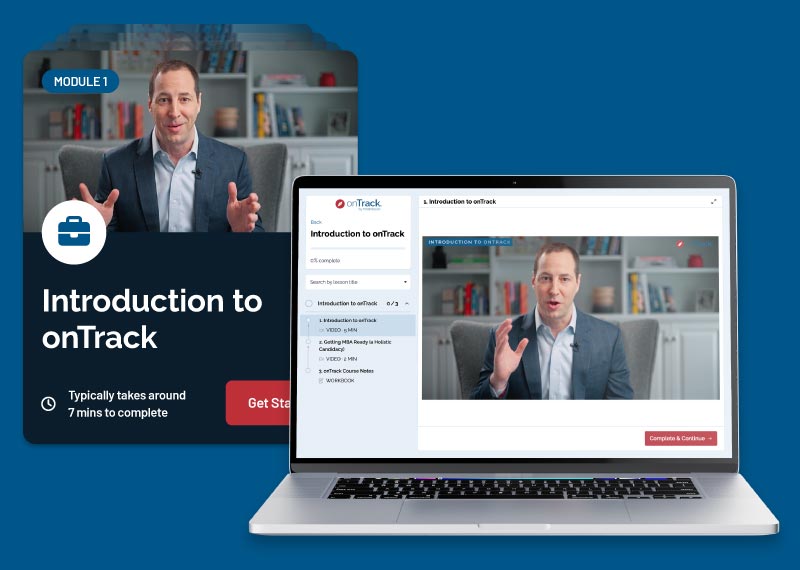When candidates consider their strategies for applying to MBA programs, many have a logical question in mind: To how many business schools should I apply? The answer, of course, varies dramatically from applicant to applicant, but the golden rule is that you should apply to an MBA program oly if you have enough time to craft a well-polished application. So, if you have time to “perfect” only three applications, you should focus on applying to just three schools—and not submit several additional “average” applications.
In terms of a target number—assuming that time is not a factor and you can commit yourself to all of your applications—five or six is generally optimal. With five or six applications, you can apply to a mix of reach, competitive, and safe schools and can thereby truly cover your bases. Of course, all applicants have their own risk profile and timing to consider, but for most candidates, applying to too few schools can increase the risk of not being admitted, while applying to too many can be overkill.
Some applicants prefer to be conservative and include a “safe school” or two among their target schools. But what constitutes a safe school? Although determining exactly what a safe school is can be difficult (given that many variables are involved, and the definition can shift depending on the candidate in question), a good place to start is with scores. If a candidate’s GMAT score and GPA are significantly higher than the target school’s averages, for example, then the school is—at first glance, at least—a “safe” choice. So, for example, if you have a 750 GMAT and a 3.8 GPA and are applying to a school with a GMAT score middle 80% range of 620–730 and an average GPA of 3.4 for the most recent entering class, you are off to a promising start.
Next, you might consider your work experience relative to the target program. For example, many Goldman Sachs investment banking “alums” apply and are admitted to the so-called M7 schools (Stanford GSB, Harvard, UPenn Wharton, Northwestern Kellogg, Chicago Booth, Columbia, and MIT Sloan). If you happen to be such a candidate, choosing a school outside this tier could certainly make you more competitive.
Finally, you might consider the program’s general selectivity. If you feel you are a competitive candidate at a program that accepts approximately 18% of its applicants, applying to one with an acceptance rate closer to 30% could be a safe option. Before you start applying to any safe schools, however, ask yourself this relatively simple question: “Would I actually go to this school if I got in?” Spending time applying to an MBA program that you would not be willing to actually attend is pointless. If you choose to apply to such a school (as some do) anyway, you will—rather ironically—find yourself with no “safety” net at all.



